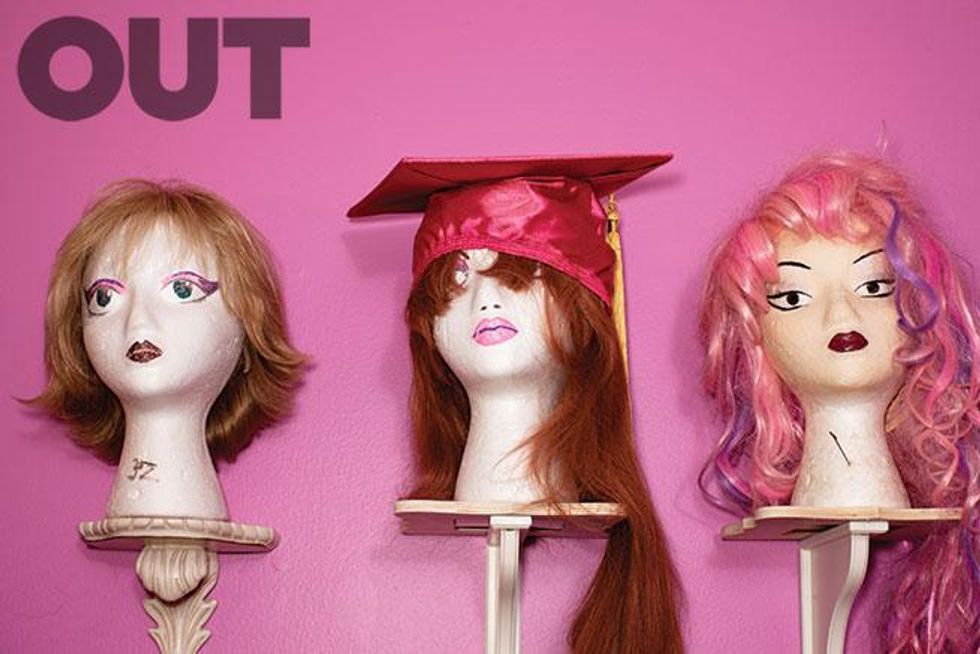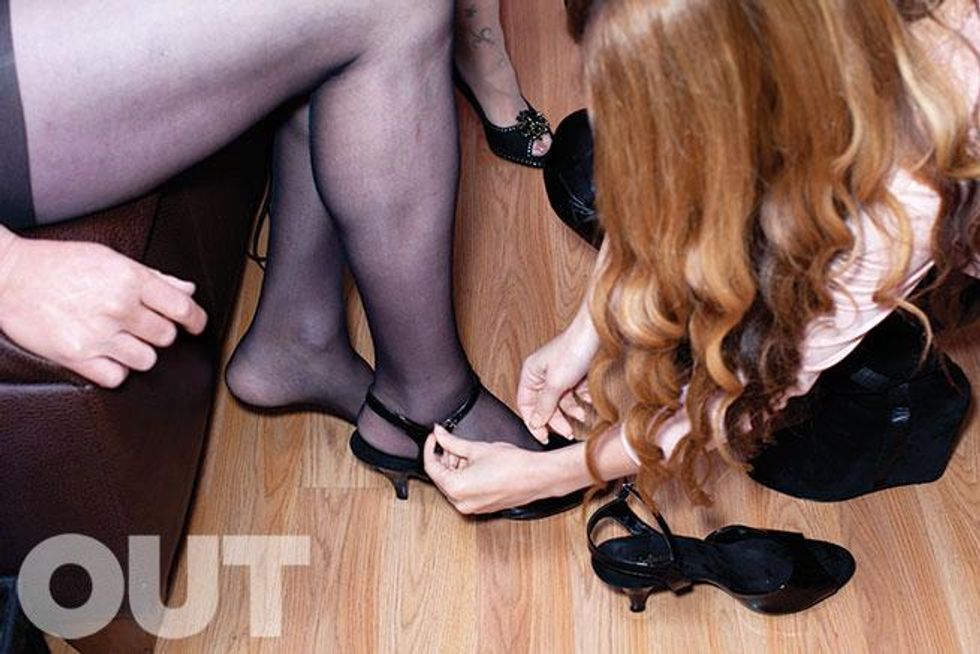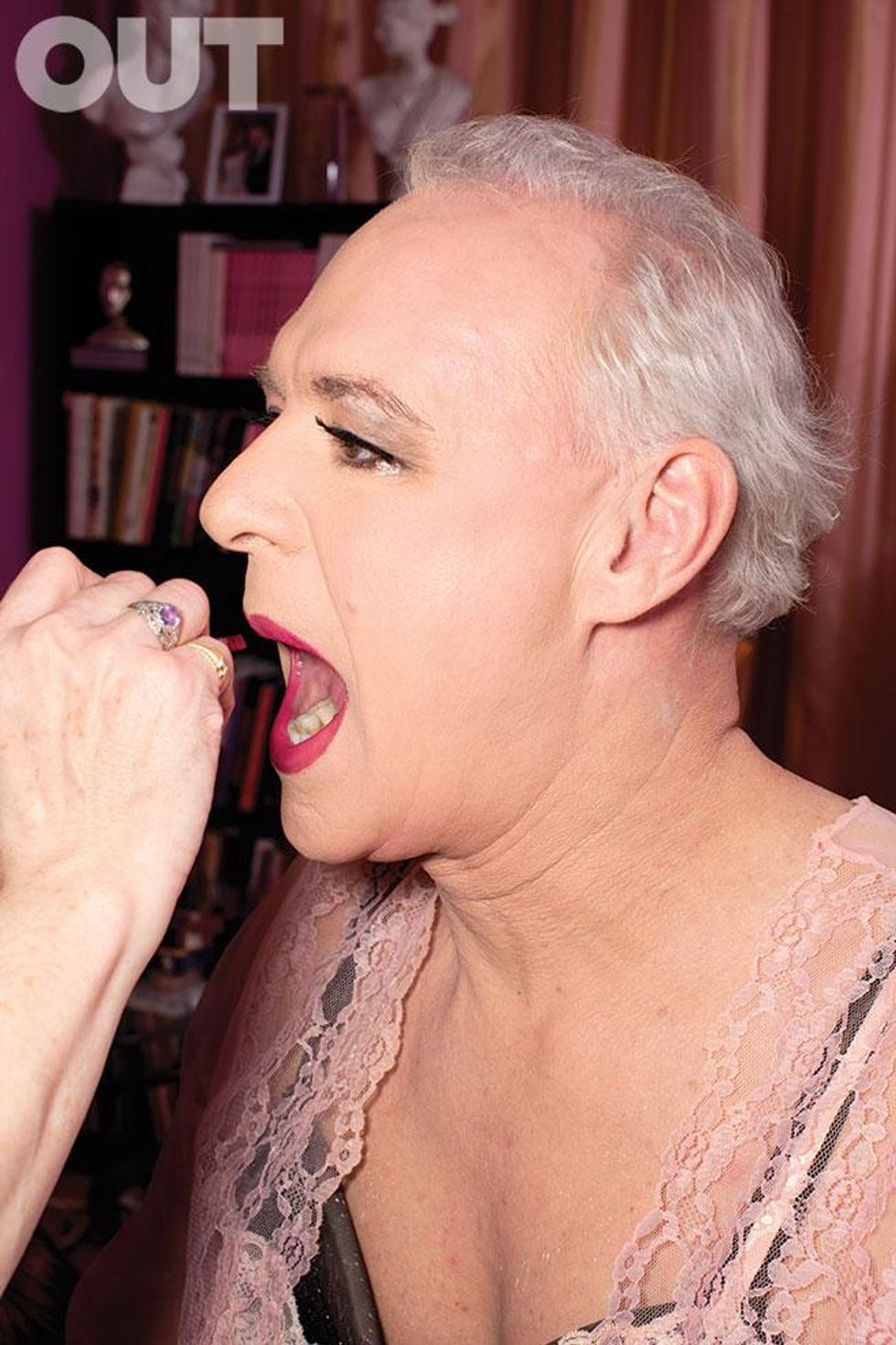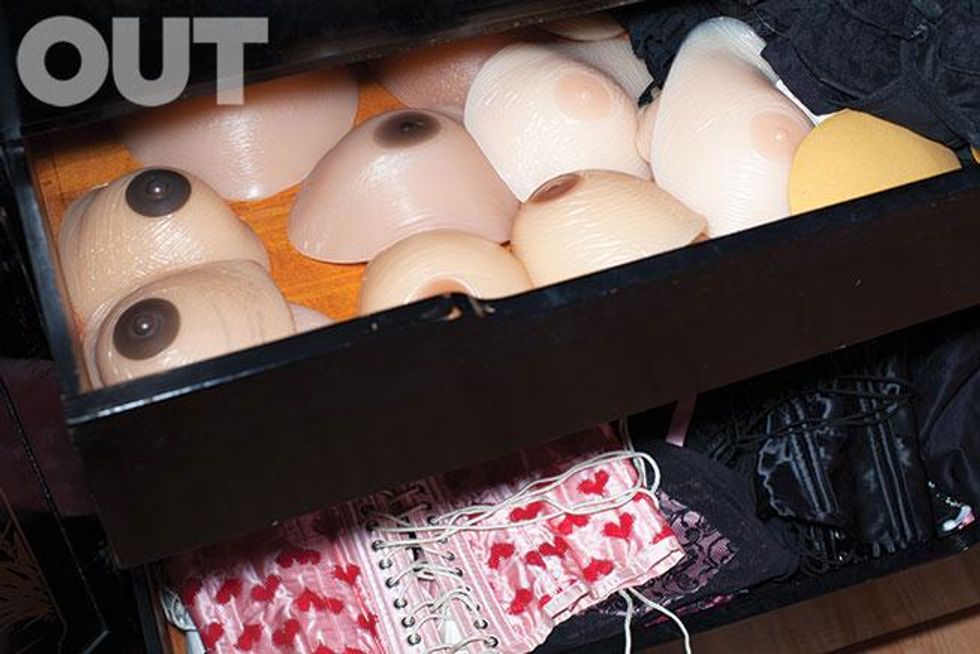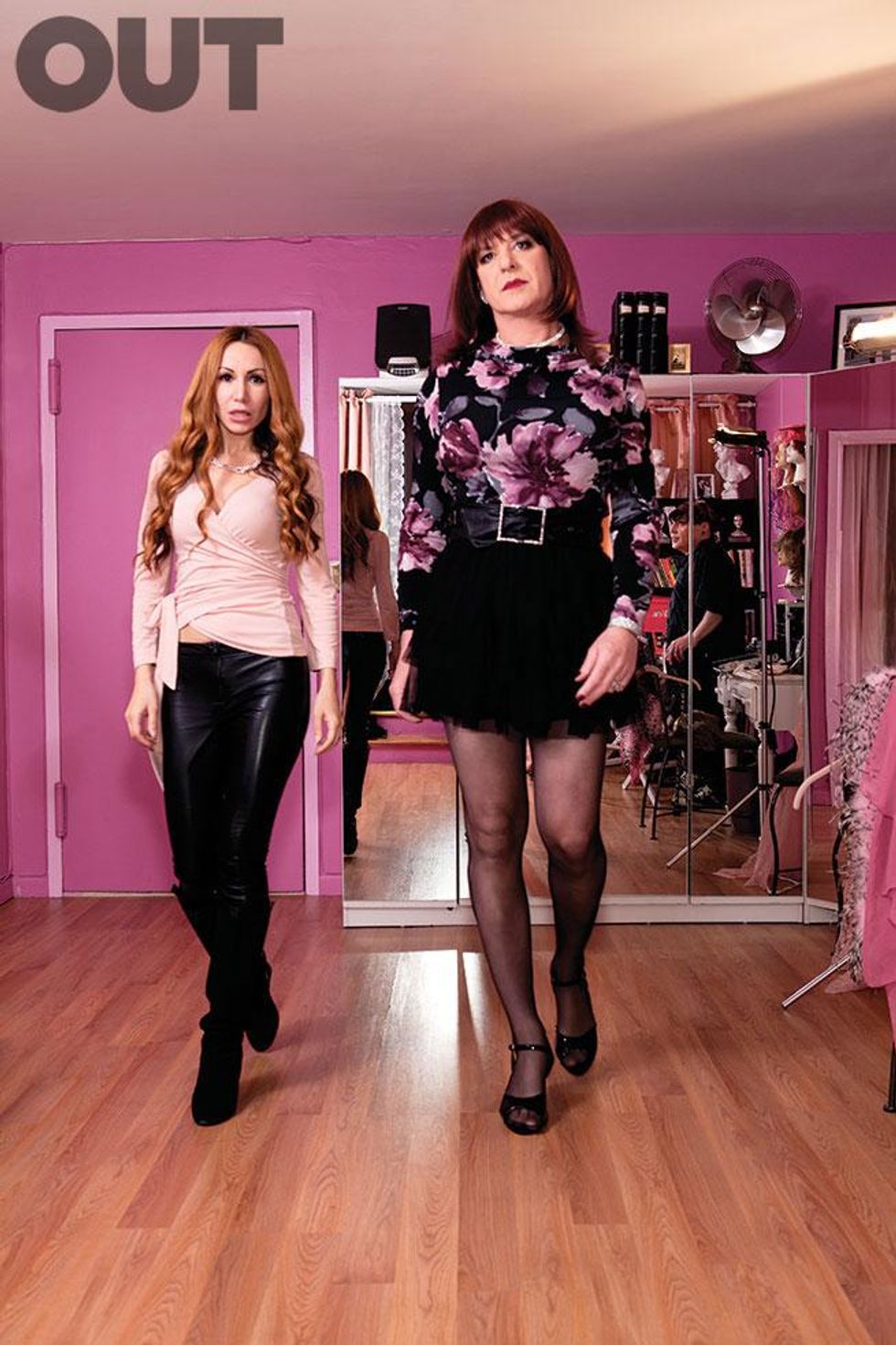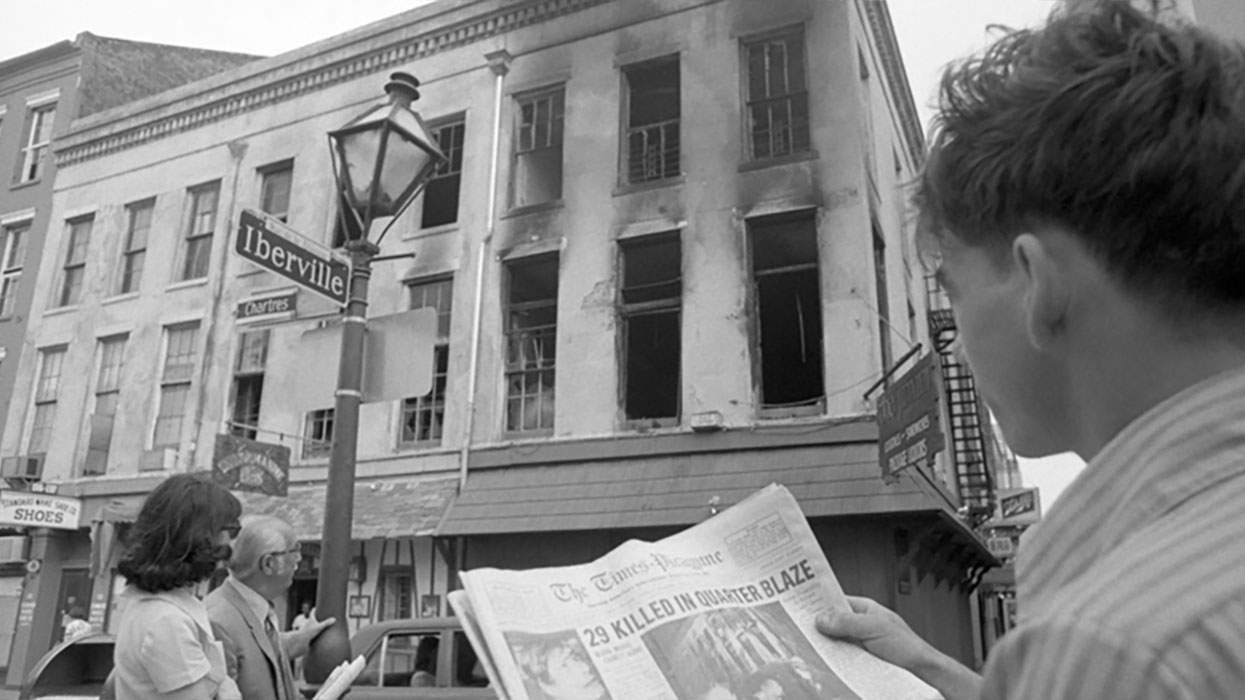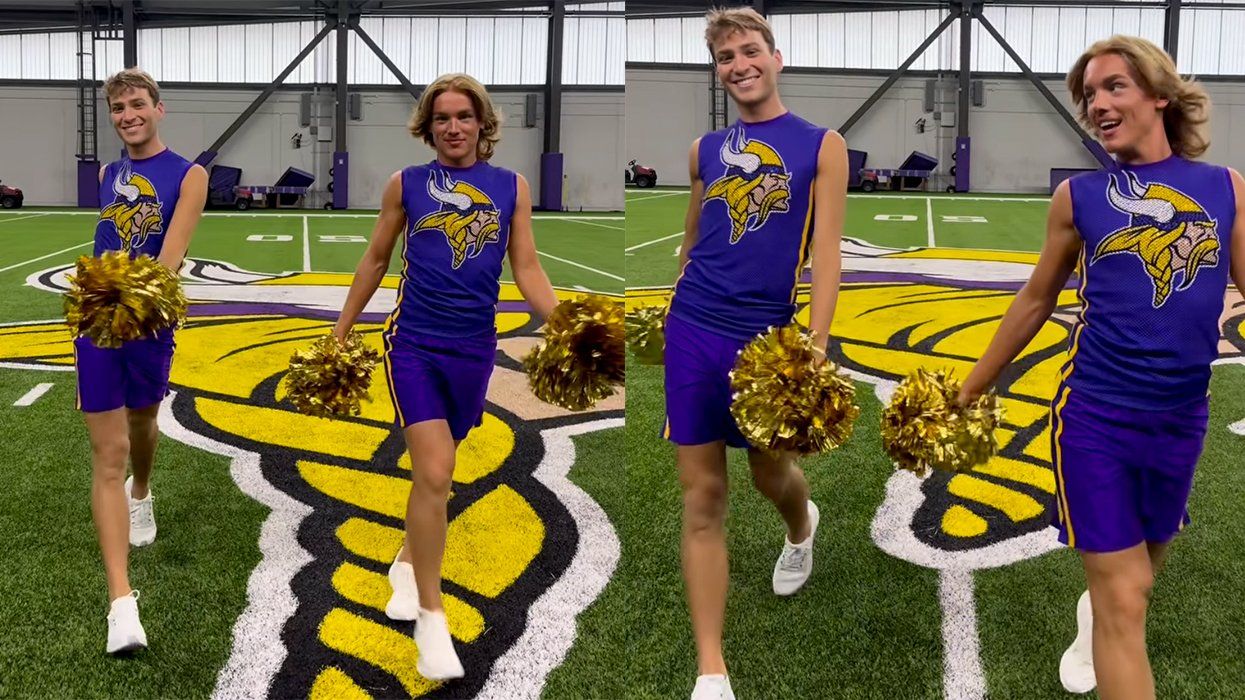Miss Vera's
Behind Manhattan's Port Authority Bus Terminal lies a grimy, litter-strewn block of brownstones where a half dozen bums have camped outside an abandoned storefront. The tableau is like a mote of Old New York dust suspended in the neon beams reaching west from nearby Times Square. Since the late 1990s, the New York-based group Crossdressers International, or CDI, has maintained an apartment here.
